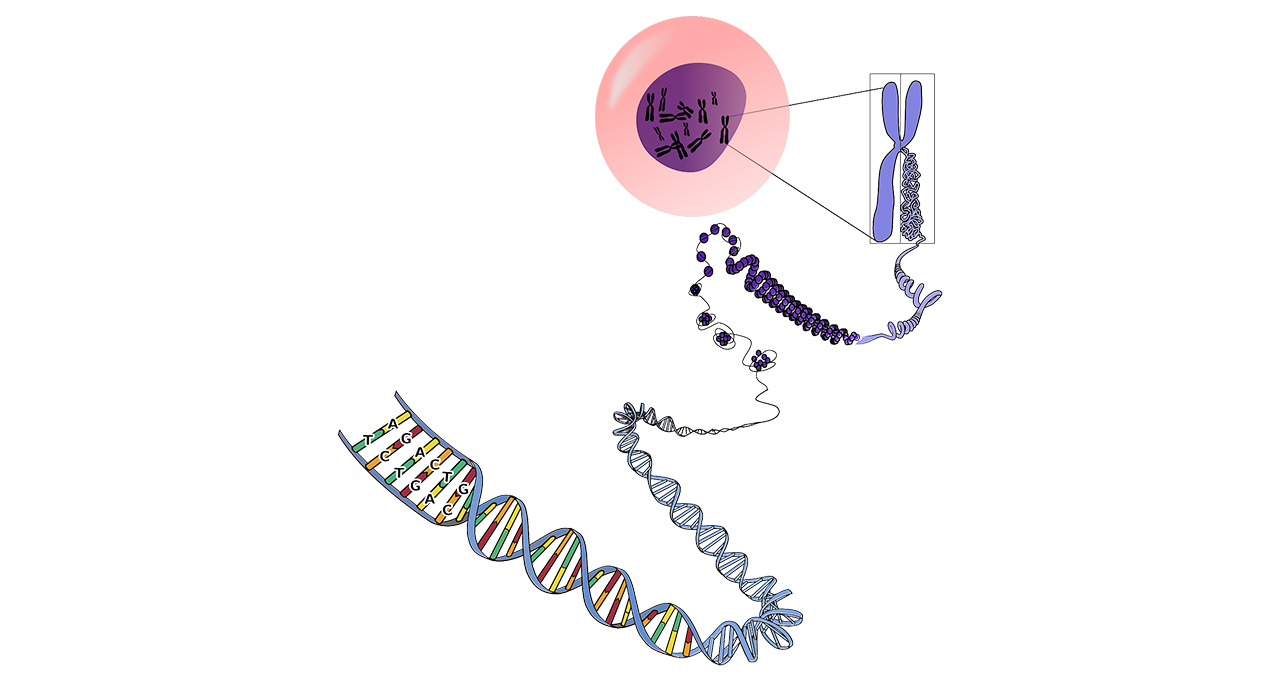Like a traveler who overpacks a suitcase with a closet’s worth of clothes, most cells in the body carry around a complete copy of a person’s DNA, with billions of base pairs crammed into the nucleus.
But an individual cell pulls out only the subsection of genetic apparel that it needs to function, with each cell type — such as liver, blood or skin cells — activating different genes. The regions of DNA that determine a cell’s unique function are opened up for easy access, while the rest remains wadded up around proteins.
Researchers from NVIDIA and Harvard University’s Department of Stem Cell and Regenerative Biology have developed a deep learning toolkit to help scientists study these accessible regions of DNA, even when sample data is noisy or limited — which is often the case in the early detection of cancer and other genetic diseases.
AtacWorks, featured today in Nature Communications, both denoises sequencing data and identifies areas with accessible DNA, and can run inference on a whole genome in just half an hour with NVIDIA Tensor Core GPUs. It’s available on NGC, NVIDIA’s hub of GPU-optimized software.
AtacWorks works with ATAC-seq, a popular method for finding open areas in the genome in both healthy and diseased cells, enabling critical insights for drug discovery.
ATAC-seq typically requires tens of thousands of cells to get a clean signal — making it very difficult to investigate rare cell types, like the stem cells that produce blood cells and platelets. By applying AtacWorks to ATAC-seq data, the same quality of results can be achieved with just tens of cells, enabling scientists to learn more about the sequences active in rare cell types, and to identify mutations that make people more vulnerable to diseases.
“With AtacWorks, we’re able to conduct single-cell experiments that would typically require 10 times as many cells,” says paper co-author Jason Buenrostro, assistant professor at Harvard and the developer of the ATAC-seq method. “Denoising low-quality sequencing coverage with GPU-accelerated deep learning has the potential to significantly advance our ability to study epigenetic changes associated with rare cell development and diseases.”
Needle in a Noisy Haystack
Buenrostro pioneered ATAC-seq in 2013 as a way to scan the epigenome to locate sites with accessible areas within a chromosome, known as chromatin. The method, popular among leading genomics research labs and pharmaceutical companies, measures the intensity of a signal at every region across the genome. Peaks in the signal correspond to areas with open DNA.
The fewer the cells available, the noisier the data appears — making it difficult to identify which areas of the DNA are accessible.
AtacWorks, a PyTorch-based convolutional neural network, was trained on labeled pairs of matching ATAC-seq datasets: one high quality and one noisy. Given a downsampled copy of the data, the model learned to predict an accurate high-quality version and identify peaks in the signal.
The researchers found that using AtacWorks, they could identify accessible chromatin in a noisy sequence of 1 million reads nearly as well as traditional methods did with a clean dataset of 50 million reads. With this capability, scientists could conduct research with a smaller number of cells, significantly reducing the cost of sample collection and sequencing.
Analysis, too, becomes faster and cheaper with AtacWorks: Running on NVIDIA Tensor Core GPUs, the model took under 30 minutes for inference on a whole genome, a process that would take 15 hours on a system with 32 CPU cores.
“With very rare cell types, it’s not possible to study differences in their DNA using existing methods,” said NVIDIA researcher Avantika Lal, lead author on the paper. “AtacWorks can help not only drive down the cost of gathering chromatin accessibility data, but also open up new possibilities in drug discovery and diagnostics.”
Enabling Insights into Disease, Drug Discovery
Looking at accessible regions of DNA could help medical researchers identify specific mutations or biomarkers that make people more vulnerable to conditions including Alzheimer’s, heart disease or cancers. This knowledge could also inform drug discovery by giving researchers a better understanding of the mechanisms of disease.
In the Nature Communications paper, the Harvard researchers applied AtacWorks to a dataset of stem cells that produce red and white blood cells — rare subtypes that couldn’t be studied with traditional methods.
With a sample set of just 50 cells, the team was able to use AtacWorks to identify distinct regions of DNA associated with cells that develop into white blood cells, and separate sequences that correlate with red blood cells.
Learn more about NVIDIA’s work in healthcare at the GPU Technology Conference, April 12-16. Registration is free. The healthcare track includes 16 live webinars, 18 special events, and over 100 recorded sessions, including a talk by Lal titled Deep Learning and Accelerated Computing for Epigenomic Data.
Subscribe to NVIDIA healthcare news.
The DOI for this Nature Communications paper is 10.1038/s41467-021-21765-5.
